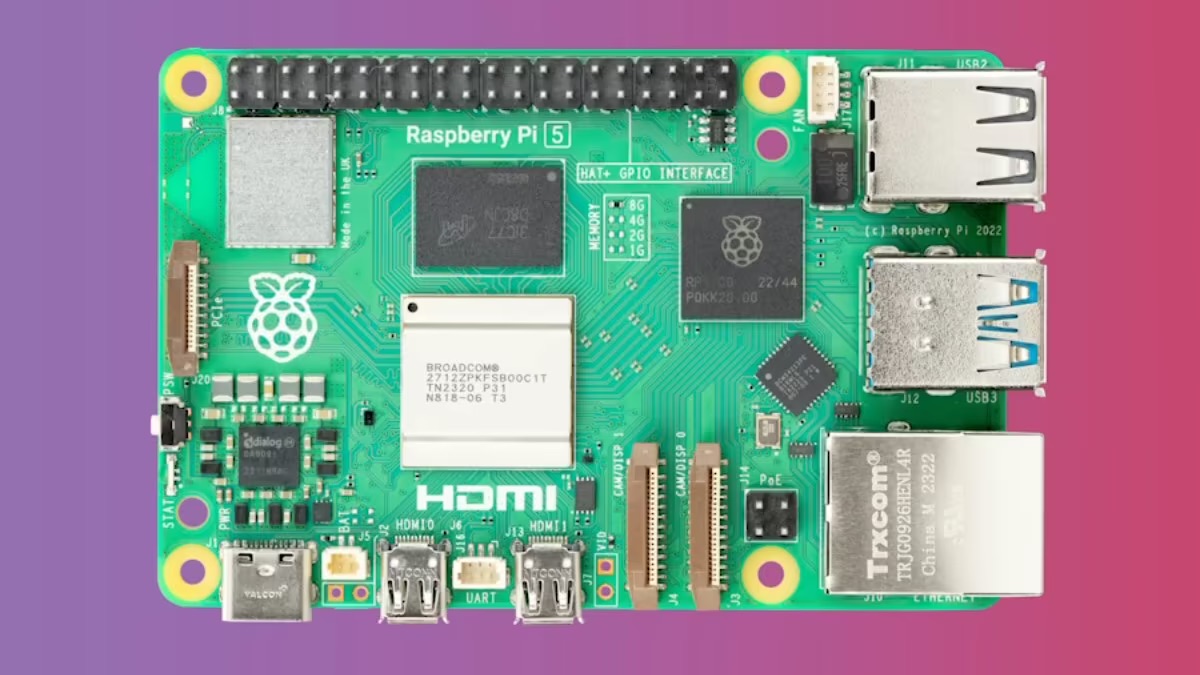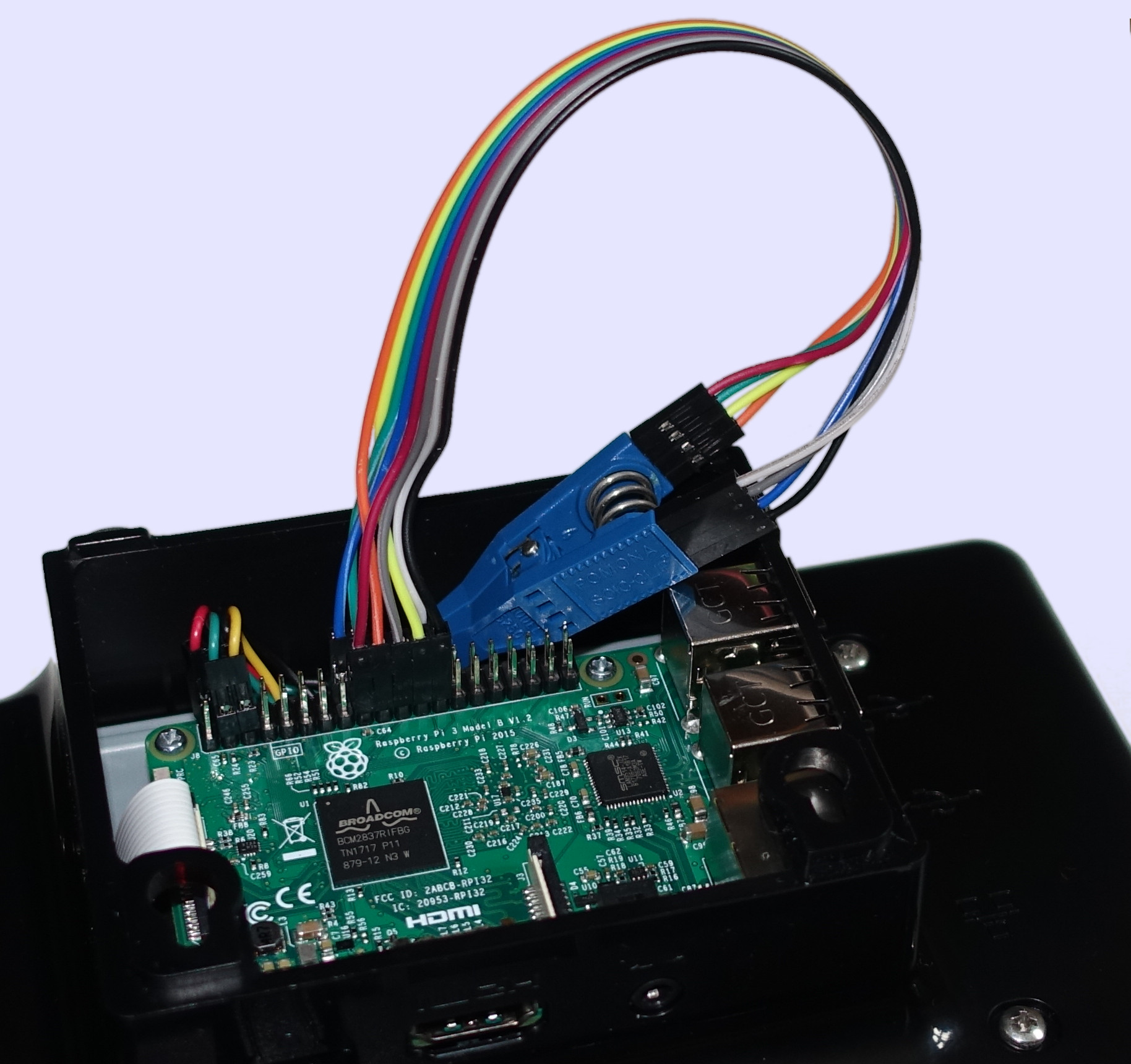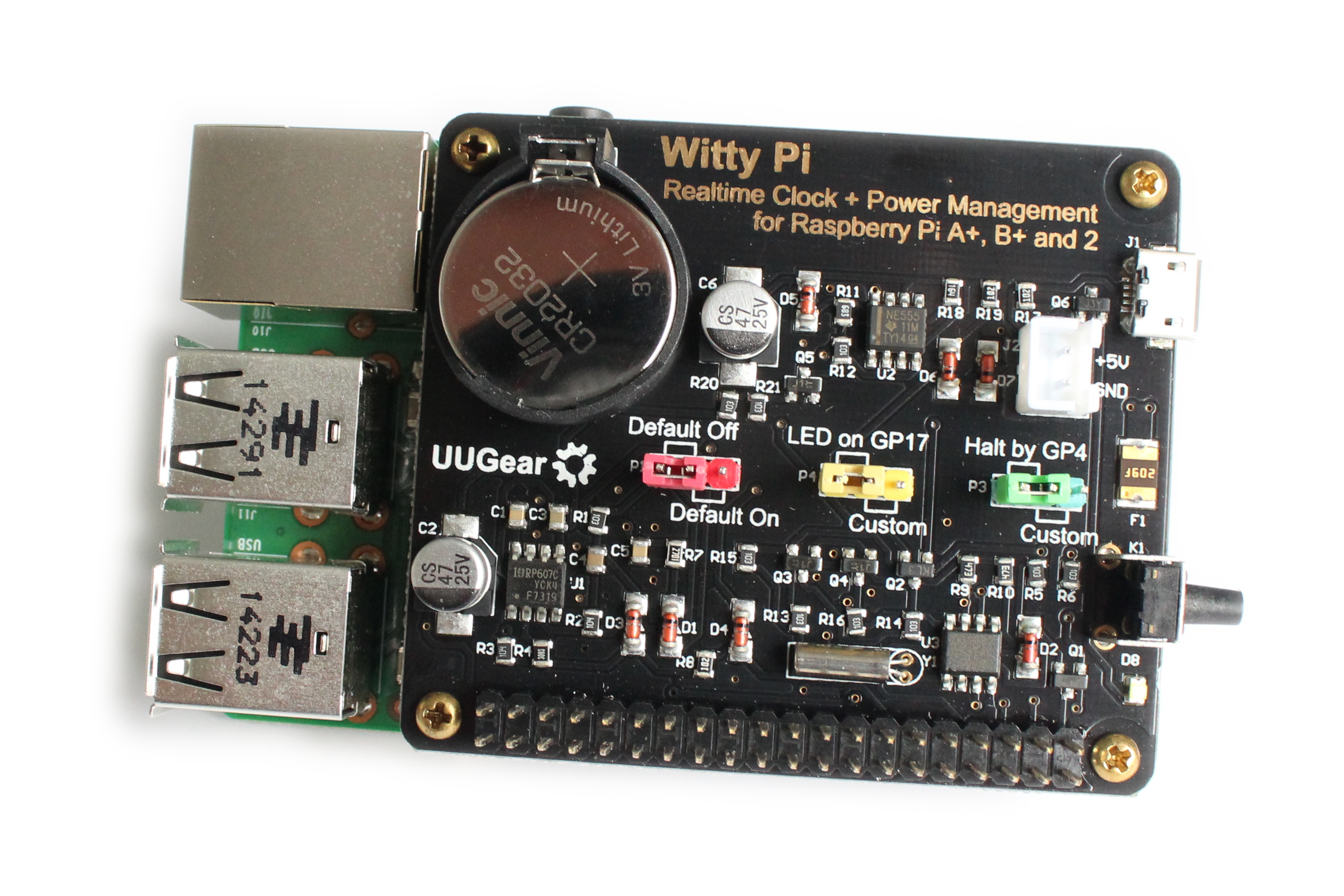Managing Raspberry Pi remotely has become an essential skill for tech enthusiasts, hobbyists, and professionals alike. Whether you're tinkering with IoT projects, setting up home automation systems, or running complex server operations, RemoteIoT Management Platform is your ultimate tool for seamless control. This platform offers a user-friendly interface that allows you to monitor and manage your Raspberry Pi devices from anywhere in the world. So, if you're looking to level up your tech game, this article is your go-to guide.
In today's fast-paced digital era, the ability to manage devices remotely is no longer a luxury—it's a necessity. Imagine being able to troubleshoot your Raspberry Pi setup while sipping coffee on a tropical beach. Or, better yet, monitoring your home security system from the comfort of your office desk. The RemoteIoT Management Platform makes all this possible, and more. With its cutting-edge features and robust security, you can rest assured that your devices are in safe hands.
As we dive deeper into the world of remote management, you'll discover how this platform can revolutionize the way you interact with your Raspberry Pi. From setting up basic configurations to deploying advanced IoT applications, the possibilities are endless. So, buckle up and get ready to explore the ins and outs of managing Raspberry Pi remotely with RemoteIoT Management Platform.
Read also:Suicide Squad 2 Cast The Ultimate Lineup You Need To Know About
Why Remote Management Matters in Today's Tech Landscape
Let's face it—technology is evolving faster than ever, and staying ahead of the curve is crucial. Remote management isn't just about convenience; it's about efficiency, scalability, and peace of mind. With the rise of IoT devices, the need for centralized control has never been more apparent. The RemoteIoT Management Platform addresses this need by providing a comprehensive solution for managing Raspberry Pi devices, regardless of their location.
Here's why remote management matters:
- Enhanced productivity: Save time and effort by managing multiple devices from a single interface.
- Improved security: Ensure your devices are protected against unauthorized access with advanced encryption and authentication protocols.
- Cost-effective: Reduce the need for on-site maintenance and travel expenses.
- Scalability: Easily add or remove devices as your needs grow or change.
By embracing remote management, you're not just adopting a new tool—you're embracing a new way of thinking. The RemoteIoT Management Platform empowers you to take control of your tech environment and unlock its full potential.
Understanding the RemoteIoT Management Platform
So, what exactly is the RemoteIoT Management Platform? In simple terms, it's a cloud-based solution designed to simplify the management of Raspberry Pi and other IoT devices. Think of it as a virtual control center where you can monitor, configure, and troubleshoot your devices in real-time. The platform is packed with features that cater to both beginners and advanced users, making it an ideal choice for anyone looking to streamline their tech operations.
Key Features of RemoteIoT Management Platform
Here are some of the standout features that make RemoteIoT Management Platform a game-changer:
- Real-time Monitoring: Get instant updates on device status, performance metrics, and system logs.
- Secure Access: Authenticate users with multi-factor authentication and role-based access control.
- Automated Updates: Keep your devices up-to-date with automatic firmware and software updates.
- Customizable Dashboards: Tailor your interface to suit your specific needs and preferences.
- Remote Troubleshooting: Diagnose and resolve issues without needing physical access to the device.
These features not only enhance the user experience but also ensure that your devices remain secure and optimized at all times.
Read also:Ellen Pompeo And Husband Young A Closer Look At Their Love Story
Setting Up RemoteIoT Management Platform for Raspberry Pi
Now that you know what the platform has to offer, let's walk through the setup process. Setting up RemoteIoT Management Platform for your Raspberry Pi is a breeze, even for those who aren't tech-savvy. Here's a step-by-step guide to get you started:
Step 1: Install the RemoteIoT Agent
The first step is to install the RemoteIoT agent on your Raspberry Pi. This lightweight software acts as a bridge between your device and the cloud-based platform. You can download the agent from the official RemoteIoT website and follow the installation instructions provided.
Step 2: Create an Account
Once the agent is installed, head over to the RemoteIoT Management Platform website and create a new account. You'll need to provide basic details such as your email address and a strong password. Don't worry—your data is encrypted and stored securely.
Step 3: Connect Your Device
After creating your account, it's time to connect your Raspberry Pi to the platform. Simply log in to your account, navigate to the "Devices" section, and follow the on-screen instructions to add your device. Within minutes, your Raspberry Pi will be up and running on the platform.
Managing Raspberry Pi Remotely: A Step-by-Step Guide
With your Raspberry Pi connected to the RemoteIoT Management Platform, you're ready to start managing it remotely. Here's a quick guide to help you get started:
Monitoring Device Performance
One of the key features of the platform is its ability to monitor device performance in real-time. You can check CPU usage, memory consumption, disk space, and network activity with just a few clicks. This information is invaluable for identifying bottlenecks and optimizing your device's performance.
Configuring System Settings
Whether you need to change network settings, update software, or modify configuration files, the RemoteIoT Management Platform makes it easy. Simply navigate to the "Settings" tab and make the necessary changes. All changes are applied instantly, ensuring minimal downtime.
Updating Firmware and Software
Keeping your Raspberry Pi up-to-date is crucial for maintaining security and performance. The platform's automated update feature ensures that your device always has the latest firmware and software versions. You can also schedule updates to run at specific times, minimizing disruption to your operations.
Best Practices for Managing Raspberry Pi Remotely
While the RemoteIoT Management Platform makes remote management a breeze, there are a few best practices you should follow to ensure optimal performance and security:
- Use strong, unique passwords for all accounts and devices.
- Enable multi-factor authentication for added security.
- Regularly back up your data to prevent loss in case of hardware failure.
- Monitor system logs for signs of suspicious activity.
- Limit access to the platform to trusted users only.
By following these best practices, you can safeguard your devices and ensure they remain operational at all times.
Common Challenges and How to Overcome Them
While managing Raspberry Pi remotely offers numerous benefits, it's not without its challenges. Here are some common issues you might encounter and how to overcome them:
Network Connectivity Issues
One of the most common challenges is network connectivity problems. To mitigate this, ensure your Raspberry Pi is connected to a stable internet connection. You can also configure failover settings on the RemoteIoT Management Platform to switch to a backup network in case of primary connection failure.
Security Concerns
With remote access comes the risk of unauthorized access. To address this, always use secure protocols such as SSH and HTTPS. Additionally, keep your software and firmware up-to-date to protect against known vulnerabilities.
Device Overheating
Overheating can cause performance issues and even hardware damage. To prevent this, ensure your Raspberry Pi is adequately cooled. Consider using a fan or heat sink to dissipate heat effectively.
Case Studies: Real-World Applications of RemoteIoT Management Platform
To give you a better understanding of how the RemoteIoT Management Platform can be applied in real-world scenarios, let's take a look at a few case studies:
Case Study 1: Smart Home Automation
A homeowner used the platform to manage a network of Raspberry Pi devices controlling various aspects of their smart home, including lighting, temperature, and security systems. By leveraging the platform's real-time monitoring and automation features, they were able to optimize energy usage and enhance security.
Case Study 2: Industrial IoT
A manufacturing company deployed Raspberry Pi devices to monitor equipment performance on their production line. Using the RemoteIoT Management Platform, they gained valuable insights into machine health and were able to predict maintenance needs, reducing downtime and increasing productivity.
Future Trends in Remote Management
As technology continues to evolve, so too will the field of remote management. Here are some trends to watch out for:
- Increased adoption of AI and machine learning for predictive maintenance.
- Integration with voice-activated assistants for hands-free control.
- Enhanced security measures to protect against emerging threats.
- Greater emphasis on sustainability and energy efficiency.
By staying informed about these trends, you can position yourself at the forefront of the remote management revolution.
Conclusion: Take Control of Your Tech with RemoteIoT Management Platform
In conclusion, managing Raspberry Pi remotely with the RemoteIoT Management Platform offers a wealth of benefits, from enhanced productivity to improved security. By following the steps outlined in this article, you can unlock the full potential of your Raspberry Pi and take your tech projects to the next level.
So, what are you waiting for? Sign up for RemoteIoT Management Platform today and start managing your Raspberry Pi devices with ease. And don't forget to share your experience in the comments below—we'd love to hear from you!


